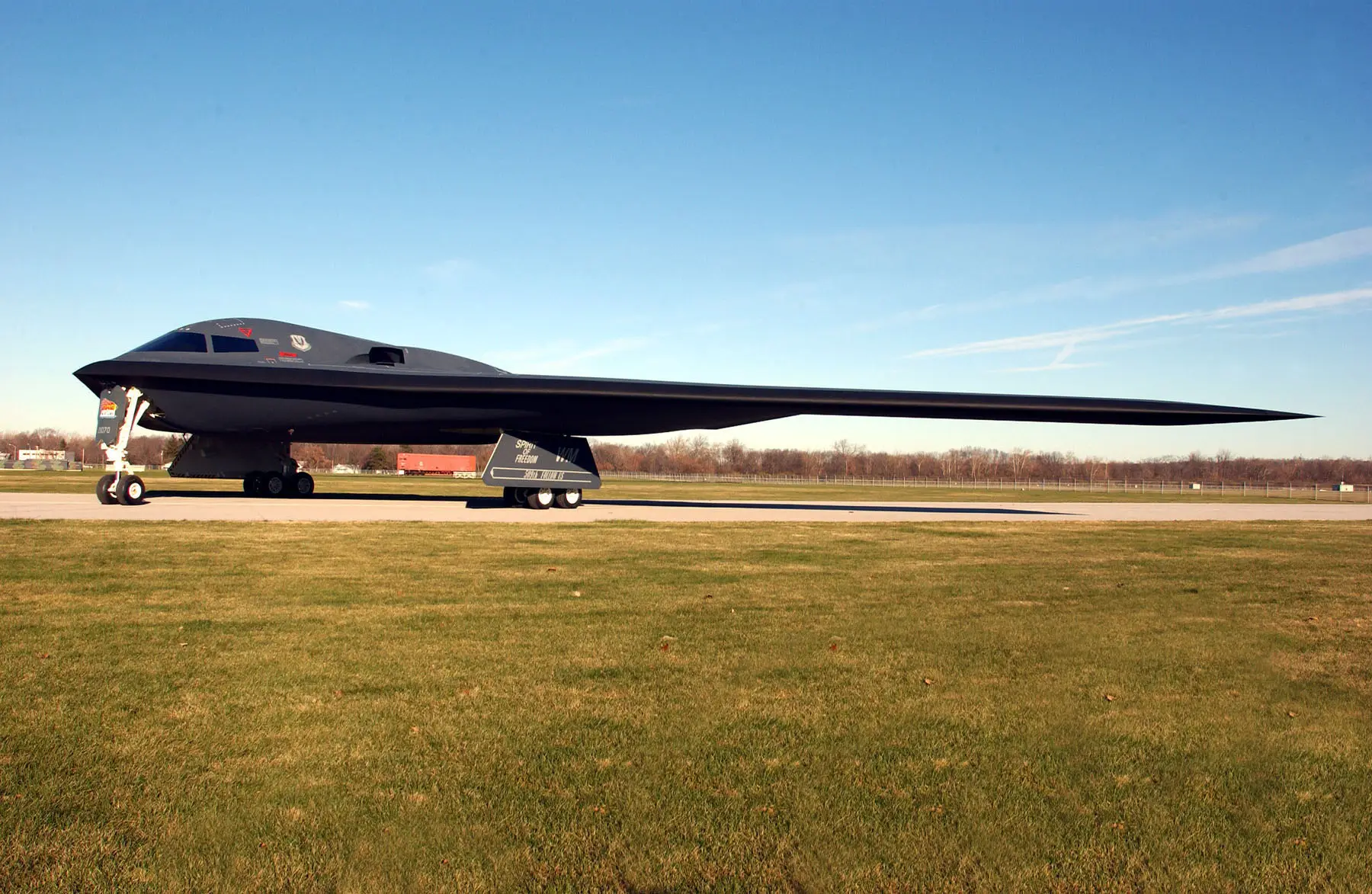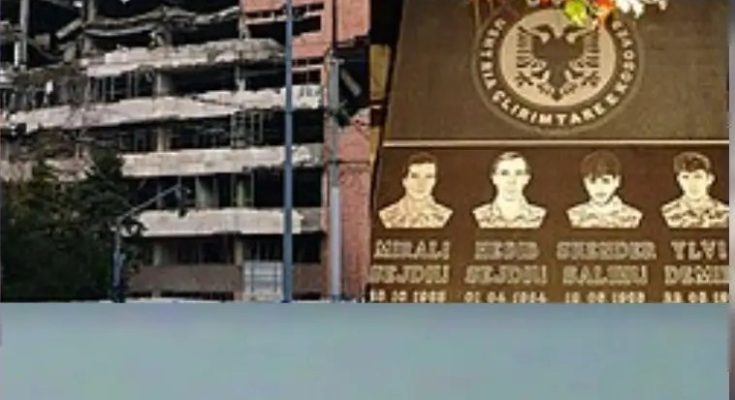Introduction: A Legacy of Precision and Power
The Northrop Grumman B-2 Spirit, the United States’ most iconic stealth bomber, is seen by many as a symbol of strategic dominance since its operational debut in the 1990s. Designed to slip undetected through enemy air defences, it delivers both nuclear and conventional payloads with pinpoint accuracy. Despite being over 30 years old, the aircraft continues to play a pivotal role in modern conflict scenarios. On Saturday, these B-2s the US used B-2 bomber to attack and destroy underground weapons facilities of Iran. This escalated the ongoing tensions with Iran prompting the Iranian parliament to approving the close the strait of Hormuz on Sunday.
But when did the B-2 first make its presence felt in active warfare? That moment came in 1999, during NATO’s campaign in Kosovo. So, here’s a breakdown of what happened, along with the long-standing question: did it deliver depleted uranium munitions?

First Combat Use: Kosovo, 1999
The B-2 made its combat debut during Operation Allied Force in March 1999. Based out of Whiteman Air Force Base, Missouri, B-2s flew round-trip sorties of over 30 hours to strike high-value Serbian targets. It was the first time a stealth bomber was used in a sustained European air campaign.

Precision Without Detection
As a result of the stealth profile and satellite-guided munitions, the B-2 achieved remarkable accuracy. It reportedly destroyed 33 per cent of all Serbian targets in the first eight weeks of the campaign, despite accounting for fewer than 1 per cent of NATO sorties. No B-2 was ever engaged or intercepted, highlighting its unmatched survivability.

Depleted Uranium: Did the B-2 Carry It?
While NATO aircraft, including the A-10 and F-16 did use depleted uranium (DU) rounds during the Kosovo campaign, there is no verified evidence that the B-2 bomber carried or deployed DU munitions. The B-2’s primary role was strategic bombing with precision-guided conventional ordnance, such as JDAMs (Joint Direct Attack Munitions), rather than tactical ground-attack munitions like DU shells.

Strategic Targets, Not Close Combat
Unlike aircraft involved in direct ground support, the B-2 was tasked with high-altitude precision strikes on radar sites, bridges, and military headquarters. Its payload did not include anti-armour rounds, the main category of weapons associated with depleted uranium use.

Global Impact of Its Debut
The success of the B-2 in Kosovo reshaped global air warfare doctrines. It proved that stealth bombers could launch from the continental US, strike halfway across the world, and return without refuelling on foreign soil—setting a new benchmark for strategic reach.

Legacy and Controversy Today
While the B-2’s Kosovo campaign was hailed as a triumph of modern airpower, questions surrounding NATO’s overall use of depleted uranium in the region continue to stir debate. As for the B-2 itself, it remains a high-value, low-visibility asset—most recently demonstrating its relevance in the Middle East, where its use in the 2024 Syria strike reaffirmed its place at the heart of US power projection.



